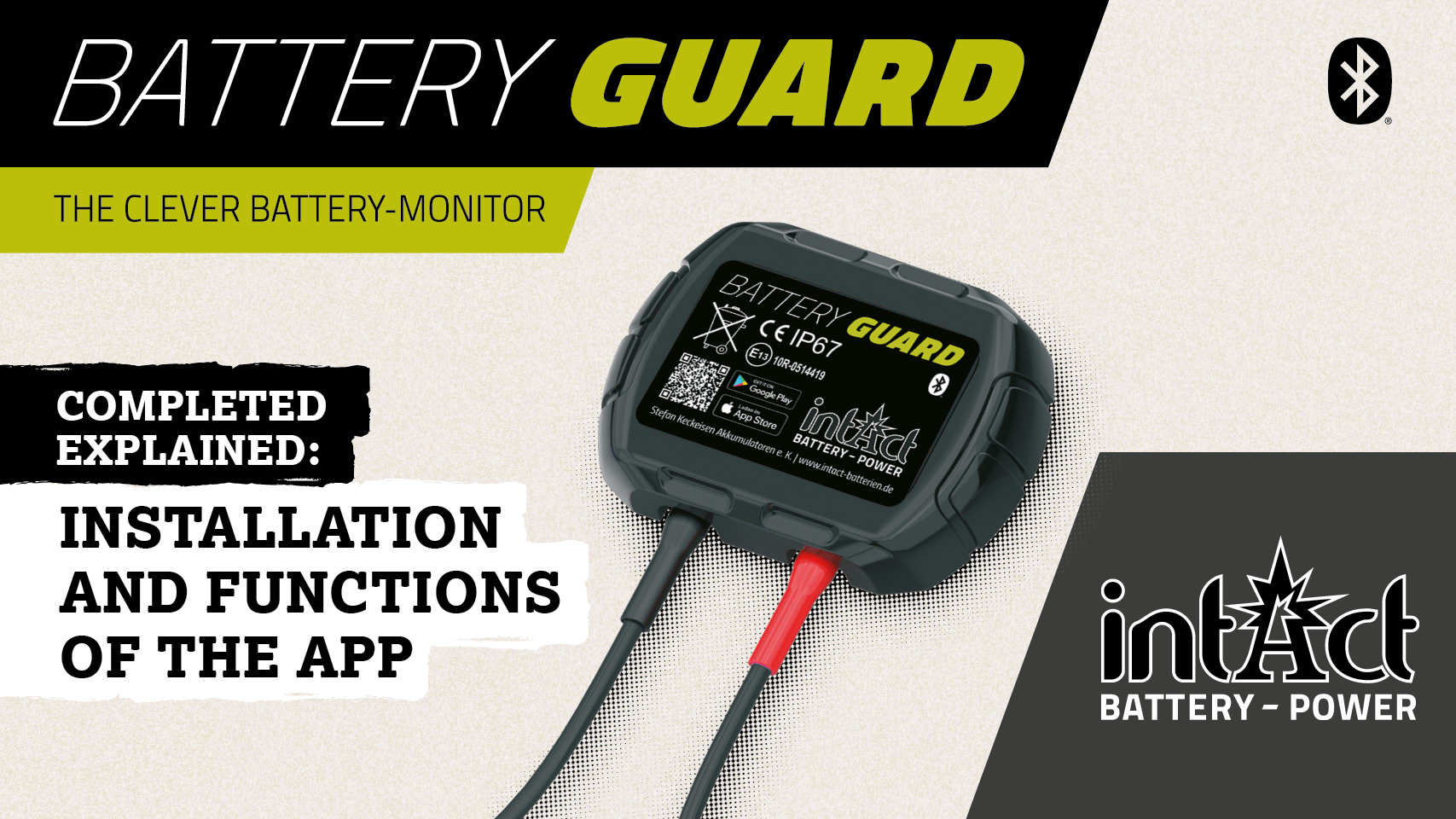
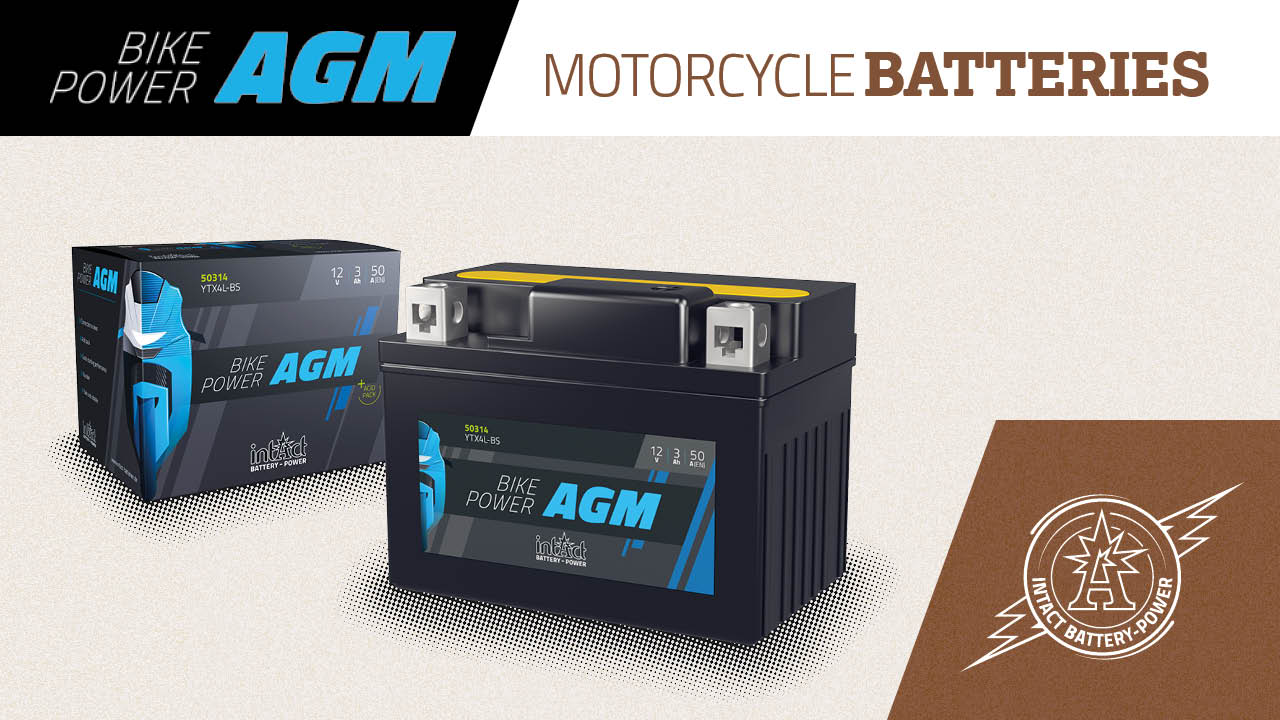
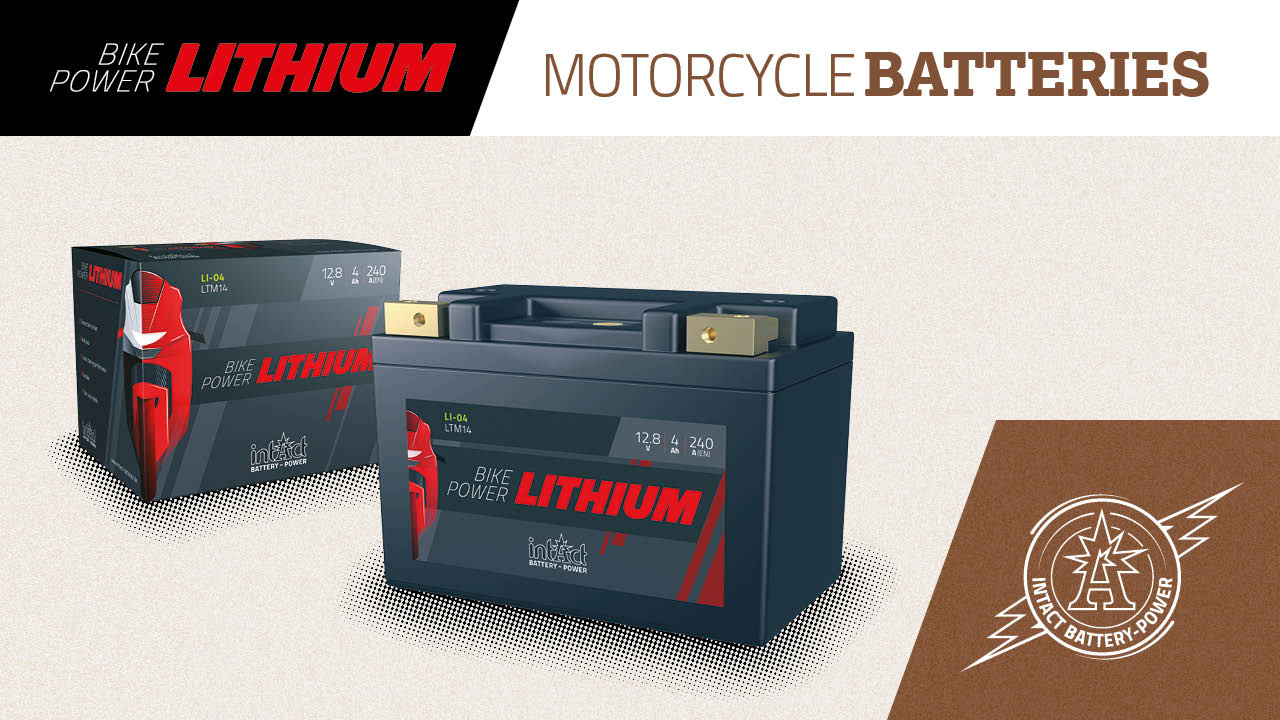
Motorcycle
Starter
Traction
Supply
Charger
TechnologyTips & TricksProducts
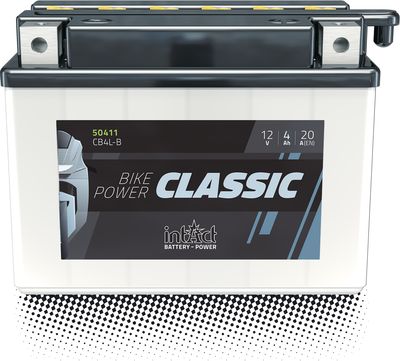
Reliable starting power at an excellent price.
Exchange recommendation for a broken flooded battery.
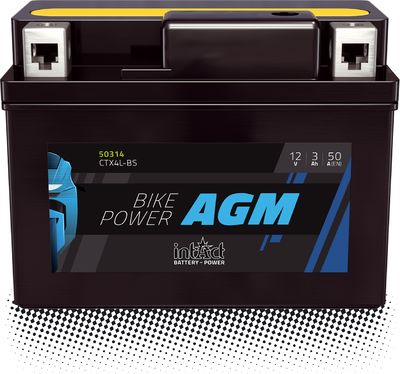
Cost-effective all-rounder with solid buffer
for seasonal and short distance use.
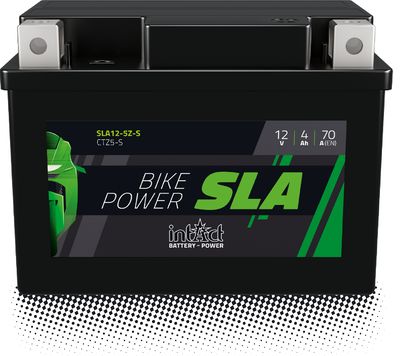
Ready-to-use all-rounder
with solid buffer for seasonal and short distance use.
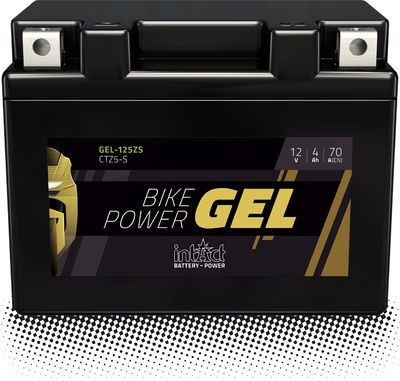
Provides 30% more starting power
for modern motorcycles with many electrical consumers, including ABS.
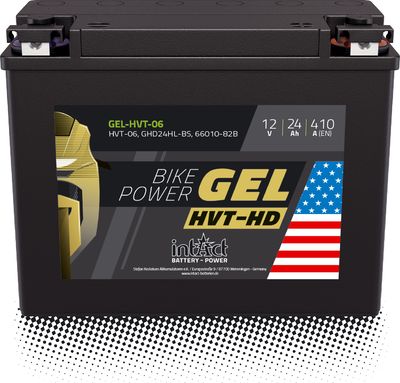
Special starting power for high demands and heavy loads.
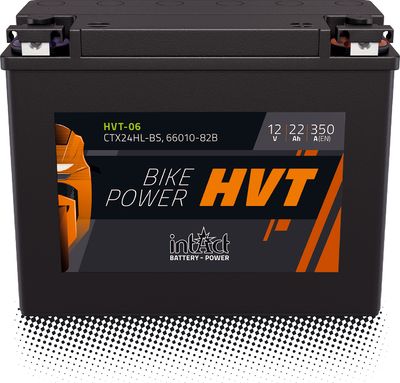
Extremely vibration-resistant design
for special requirements and high loads due to vibrations (such as Harleys).
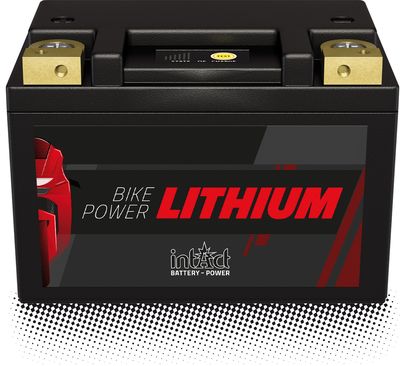
Small top-of-the-range powerhouse
perfect whenever every gram or centimeter matters.
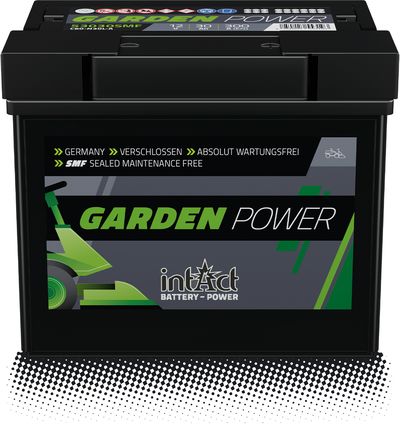
Especially for use in lawn tractors and ride-on mowers
with low self-discharge and extra vibration resistant.
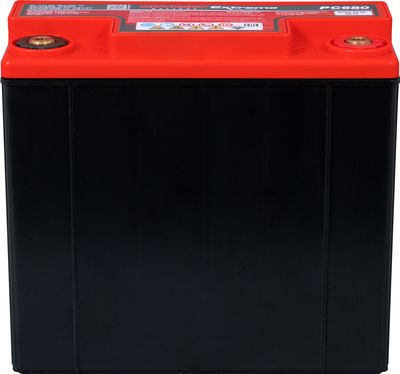
Enormous starting power with very high cycle stability
for particularly demanding bikes under almost all conditions.
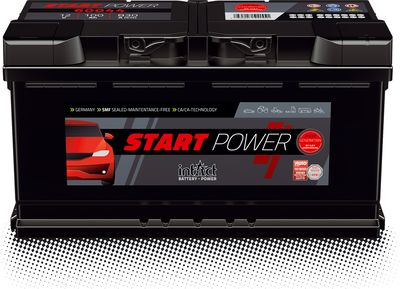
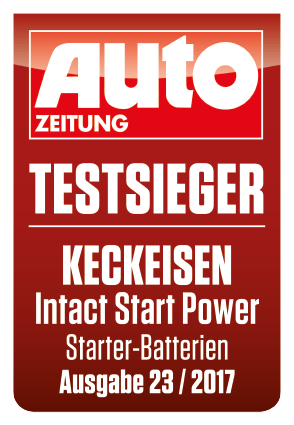
Always start properly
for passenger cars (also Asia models) to super-shakeproof for trucks.
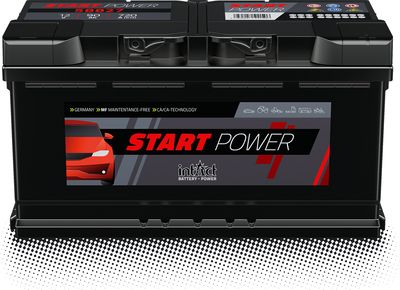


Top performance at a great price
for almost all passenger cars, coaches, trucks and agricultural machinery.
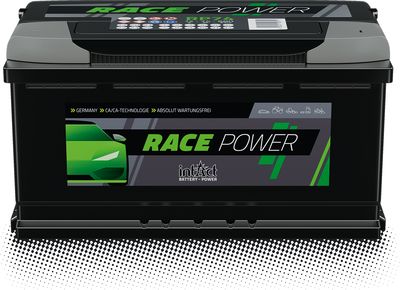
The powerful all-rounder
with good durability and excellent value for money.
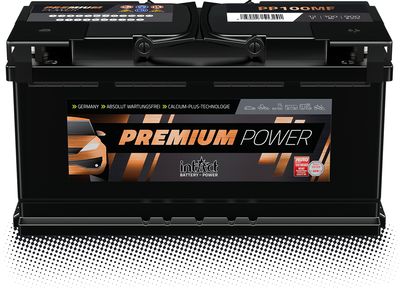
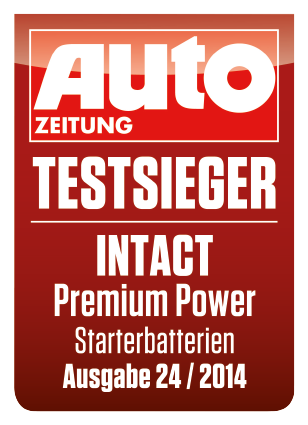
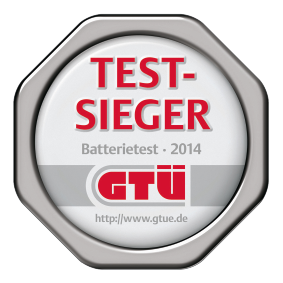
30% extra starting power
and fast loading for many consumers and short distance use.
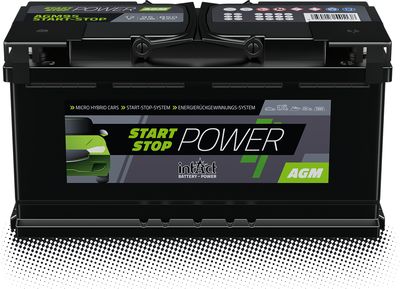
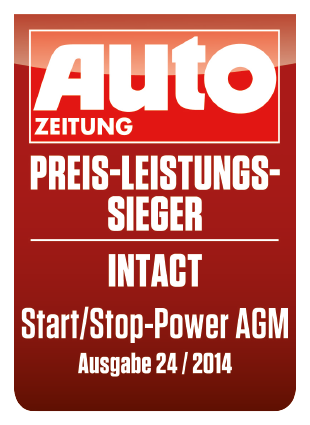
Start. Stop. Keep charging.
For taxis, medium and luxury class cars, SUVs and trucks with start-stop systems and micro-hybrids.
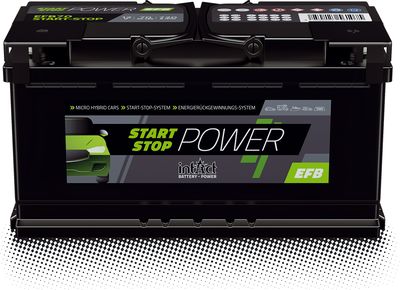
Start. Stop. Keep charging.
For small and medium-sized cars with start-stop systems and micro-hybrids.
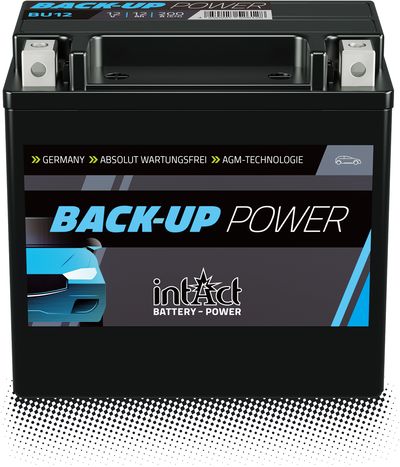
Support for the starter battery
as an additional power supply for consumers, also during start-up.
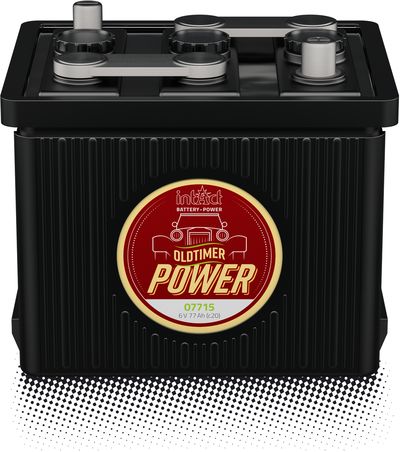

Starting power in retro look
with the latest battery technology and 80% hand-crafted.
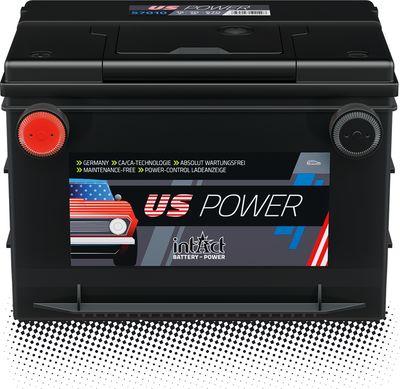
For American vehicles
High performance battery matched to U.S. dimensions and end-pole types.
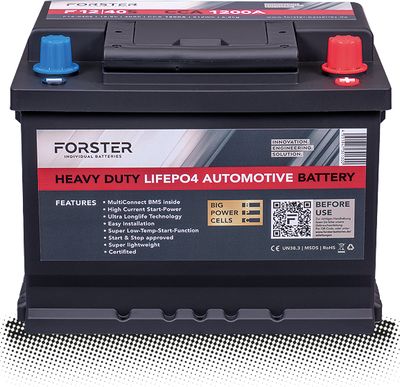
Permanent top starting performance
combined with enormous weight savings and full installation flexibility for up to 100,000 starts.
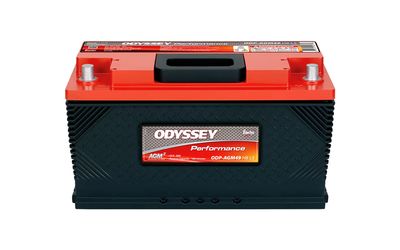
Extreme starting power at any time
even in winter. Tolerates long-term discharge to deep discharge.
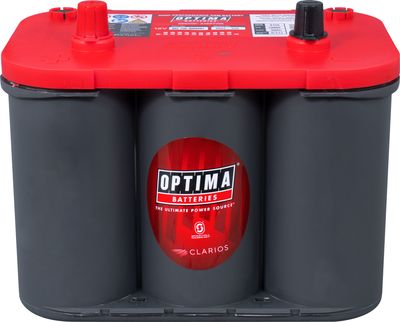
Highest starting performance
even with long downtimes. Perfect for emergency vehicles or generators.
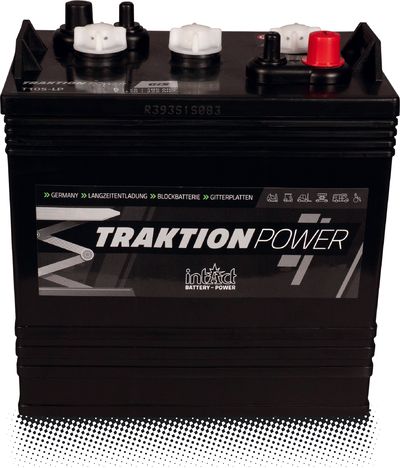
More working hours, more flexibility
and high reliability even with irregular loading.
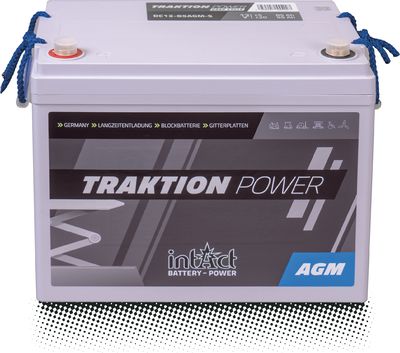
Robust and enduring
AGM-based for high currents and deep charge cycles.
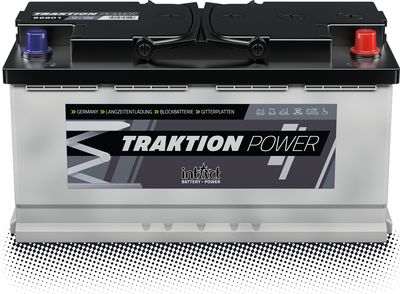
Proven and cost-conscious
with good high current properties in light cyclical use.
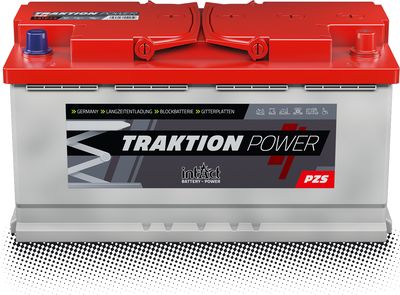
For the heaviest load
Long service life due to armored plate structure, even in multi-layer use.
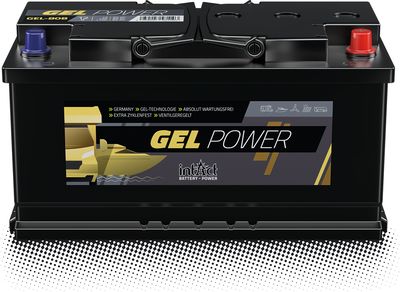
Minimal maintenace during use
and as storage for renewable energies and supply in the demanding leisure sector.

Greater freedom of movement
and exceptional performance even with a partially charged battery.
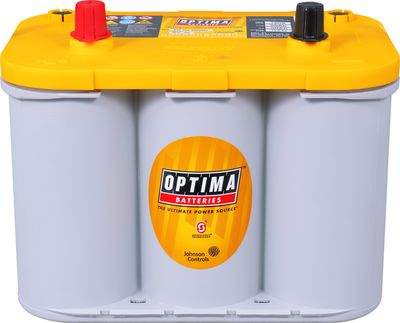
Long-term stable performance
during the entire unloading process paired with short charging times.
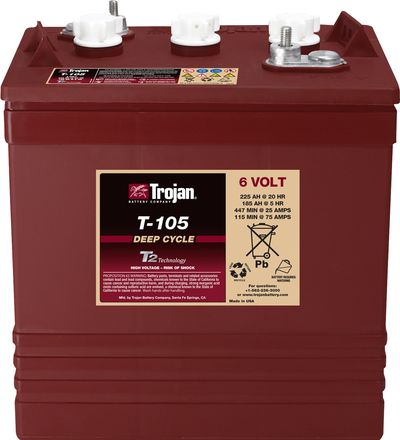
More working hours, greater flexibility
and high reliability even with irregular charging.
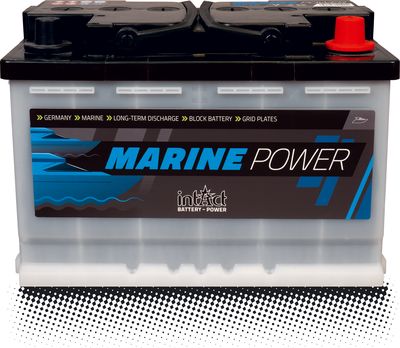
Cost-conscious marine battery
with good capacity absorption and high capacity reserves.
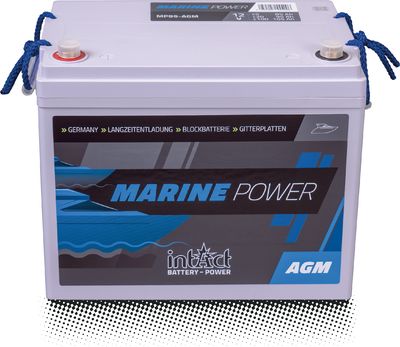
Robust marine battery
AGM-based for high currents and deep charge cycles.
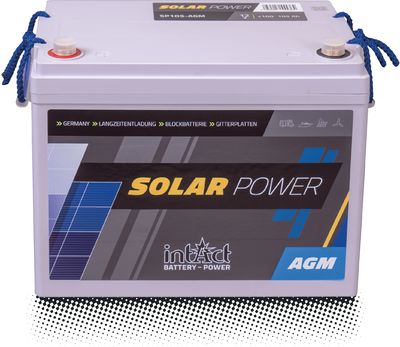
Robust solar battery
AGM-based for high currents and deep charge cycles.
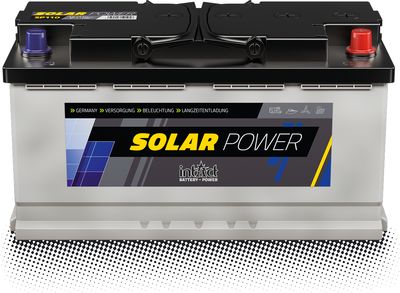
Proven and cost-conscious
with good capacity absorption and high capacity reserves.

For heavy cyclical use
also at fluctuating recharging. Provides permanently stable voltages.
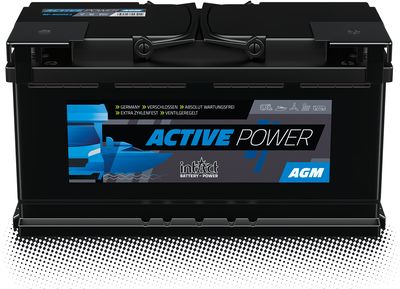
Professional all-rounder
in AGM design, sealed maintenance-free and with high vibration resistance.
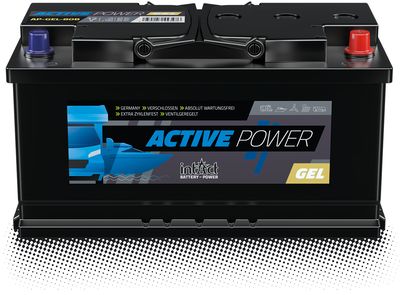
Maintenance-free and uncomplicated
for seasonal power-supply and as intermediate storage in smaller solar applications.

Strong and maintenance-free
as storage for renewable energies and supply in the demanding recreational sector.
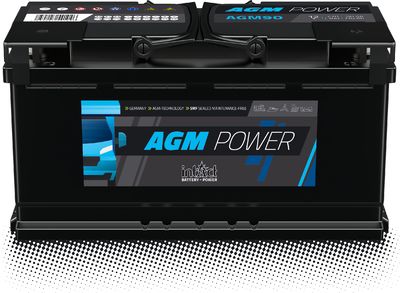
Uncomplicated all-round talent
for hobby, leisure and smaller solar applications.
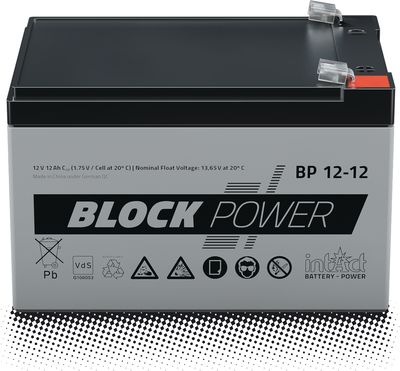
Ready for many uses
durable and powerful even in safety-relevant applications.
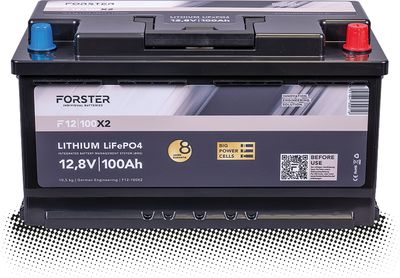
Maximum capacity and lifetime
For use in camping, marine and as energy storage.
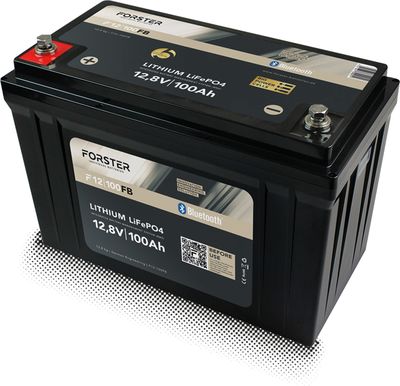
Durable marine battery
Provides reliable and enduring power to fishing equipment.
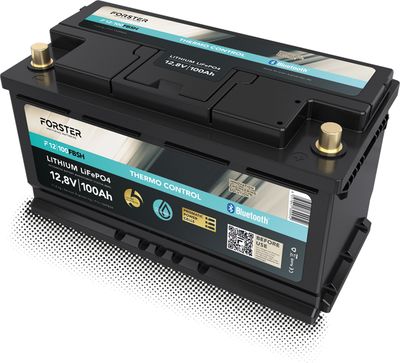
Durable performance in cold conditions
for installation in outdoor, non-heated areas.
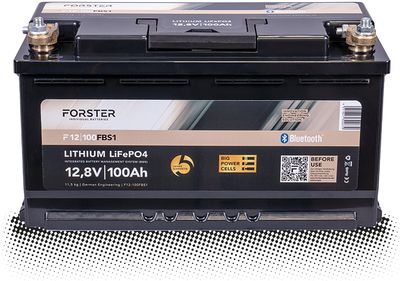
Durable with consistently strong performance
Maximum safety for normal to medium loads in caravan and marine applications.
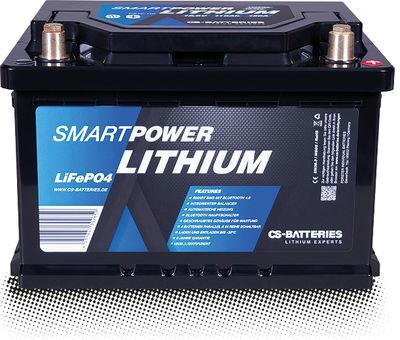
Versatile, powerful and affordable
The Smart Power series offers a LiFePO4 lithium supply battery with innovative frost protection management at an attractive price.

Stalwart + always powerfully prepared
for long-term supply as well as short peak-performance with extremely good charging behaviour.
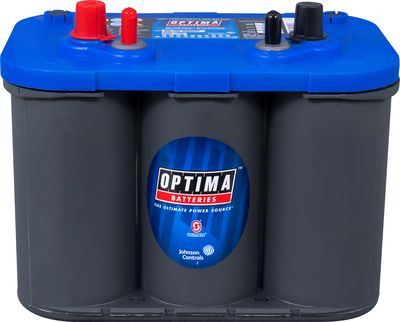
More cycles in maritime use
and for consumers in camping vehicles or buses.

More working hours, more flexibility
and high sturdiness as a power-supply as well as a buffer.




For more information, please see our privacy policy:
Privacy policy
You can access this settings window at any time via the »Privacy settings« in the footer area of this page.